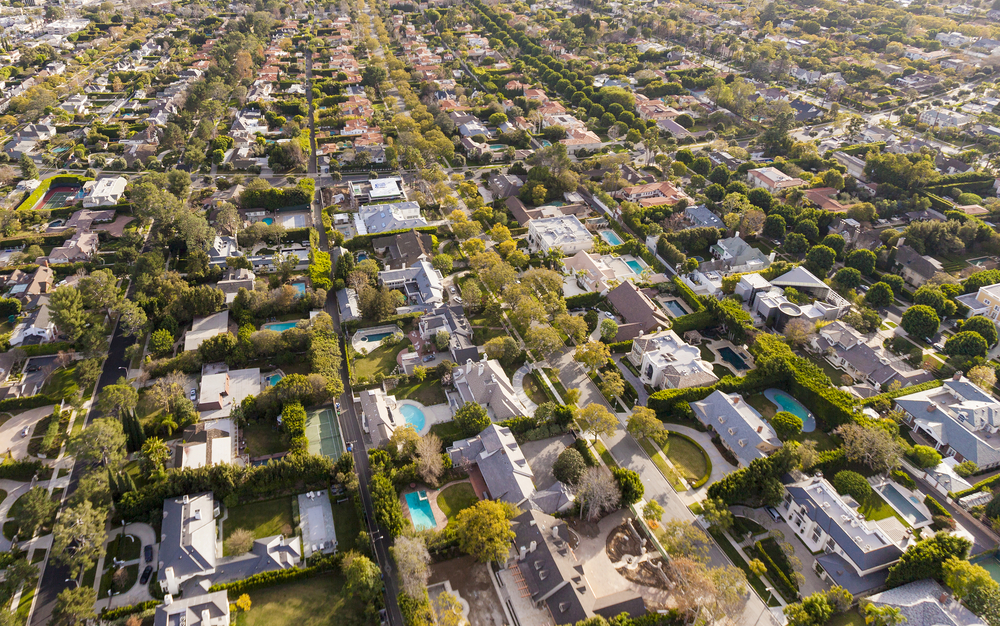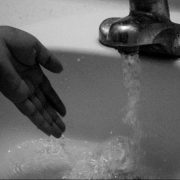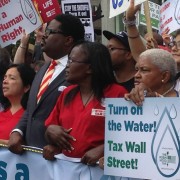California’s Voluntary Water Conservation Plan Is Not Close to Working
Deeper drought, warmer temperatures lead to more water use in Southern California, not less.

A month before Governor Jerry Brown’s mandatory water restrictions come into effect, California’s cities registered their worst conservation performance yet during the drought emergency.
Statewide water use was just 2.8 percent lower in February than in 2013, and far from the 25 percent cut that cities will soon be required to achieve, according to data from 390 urban water suppliers that was presented Tuesday morning to the State Water Resources Control Board.
The new figures, surprising to some residents, indicate that achieving the stiffer regulations announced by Governor Brown last week will require significant changes in behavior.
The statewide average was dragged down by metropolitan Southern California, home to roughly half the state’s 38 million people. Water use in the region was actually 2.3 percent higher in February than a year ago, which negated the roughly 14 percent savings achieved in the Sacramento River Basin, the San Joaquin River Basin, and the northern Sierra Nevada.
Sizzling heat in Southern California helped drive up water use in February. The average temperature in downtown Los Angeles was 5 degrees Fahrenheit warmer than normal. The city recorded almost no rain, according to the National Weather Service. Because more than half of residential water is used on grass, the combination of hot, dry and cultural allegiance to green turf has a dramatic influence on water consumption.
Conservation Soon Required
Asking Californians to voluntarily conserve has not worked, at least not at the desired level. In January 2014, Gov. Brown called for a voluntary 20 percent reduction in urban water use. That goal was met only once, last December. In most months since water use accounting began in June 2014 residents have conserved between 7 percent and 12 percent.
Seeing insufficient response, the governor increased the pressure for urban areas by requiring a 25 percent statewide cut as part of a wide-ranging executive order announced on April 1. Not every city will be treated equally. The Water Resources Control Board, which is in charge of writing the new regulations, will ask those that conserved the most to date to do less.
The disparity between regions is striking. Santa Cruz, for example, is a state leader in efficient use of water. Residents of the central coast city use an average of just 44 gallons per person each day. Palm Springs, on the other hand, drinks deeply to cultivate its lush image. The desert oasis and neighboring cities that are supplied by the Coachella Valley Water District use 282 gallons per person each day.
The Water Resources Control Board will release a set of draft conservation regulations on April 17 before finalizing the mandatory restrictions at its May 5 meeting.
Brett writes about agriculture, energy, infrastructure, and the politics and economics of water in the United States. He also writes the Federal Water Tap, Circle of Blue’s weekly digest of U.S. government water news. He is the winner of two Society of Environmental Journalists reporting awards, one of the top honors in American environmental journalism: first place for explanatory reporting for a series on septic system pollution in the United States(2016) and third place for beat reporting in a small market (2014). He received the Sierra Club’s Distinguished Service Award in 2018. Brett lives in Seattle, where he hikes the mountains and bakes pies. Contact Brett Walton









Aah yes, California, the state that gave us all those environmental regulations and its laughable citizenry imposing their views on environmentalism upon the rest of the country, now on the precipice of a man-made disaster, simply because they chose to ignore the obvious 20-30 years ago. As the ground subsided, often as much as 10 meters, aquifers dried up and became salinated, still good old California lurched along blindly ignoring the facts. Now, pretty much as a lame act of political expediency, their clumsy oaf of a governor (who was governor way back when all of this SHOULD have been addressed, is trying to close a rusty seized up gate LONG after the cows, sheep, goats, chickens, and pigs have all left the desert – sorry, pasture. Watch for riots, arrests, shootings, and other chaotic violence and turmoil to erupt as this sad, idiotic, and grossly unnecessary saga of neglect and environmental criminality plays out. They reap what they’ve sown…
The law of supply and demand would seem to indicate that drastic price increases are in order.
I wrote a bit on the folley of voluntary water use wefficiency, and argued for a thoughtful mandatory framework.
See “Regional Scarcity” on page 47.
http://digital.distributedenergy.com/publication/?i=33308